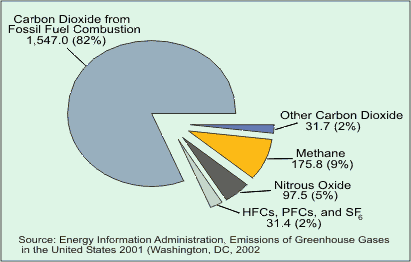As we discuss the debate over the fiscal cliff, it is important to understand what the government can do in order effect change on the economy. In this post, we'll concentrate on the Federal reserve, a very powerful, if not the most powerful, part of the US Government. The Federal reserve uses Monetary Policy, or the control of the money supply, in order to establish low unemployment and low inflation.
Above is a graphic showing how the Federal reserve is set up. There are many organizations involved in the Federal Reserve, and the important thing to take away is that these organizations work together to establish monetary policy for the United States. The Board of Governors is the national level of the Federal Reserve. Ben Bernanke is the chairman of this board. There are also regional Federal Reserve Banks, which have headquarters in specific cities around the country, as you can see below.
The Federal Open Market Committee is a group that does many actual transactions in order to regulate the money supply. This group is made up of all the national governors and 5 of the 12 regional heads. The chairman of the Federal reserve Bank of New York is always on this board, in recognition of New York City as the financial capital of the United States.
Now, the Federal Reserve has no power over
fiscal policy, which is the manipulation of taxation and expenditure to promote low unemployment and low inflation. While the desired end result is the same, the power over Fiscal Policy resides mostly with Congress and the President. What the federal Reserve can do is adjust the amount of money in the economy to promote growth (easy money) or low inflation (tight money).
For example, with an easy money policy, the Federal Reserve will allow the interest rates it charges to other banks to lower. This effectively lowers the cost of money. Money has a cost? one might ask. In a practical sense, it does. The cost of buying money in the form of a loan is the amount you pay in interest. By lowering interest rates, it is more attractive to buy money. Accordingly more people will get loans and more people will be spending that money, fueling the economy.
Tight Money Policy, on the other hand, raises interest rates, causing the price of money to rise and less people to borrow money. This seems like limiting the economy, and in effect, it is. In some cases, especially when there is high inflation, it becomes necessary to slow the economy down by making sure there is less money out in the economy. The Fed does this by employing a tight money policy.
Now, while the Fed would like to be able to control interest rates to control monetary policy, in practice, most banks do not get their money from the Federal reserve. It is much easier to get money from fellow banks, and there is a strong stigma behind borrowing from the government. They can control rates indirectly, but by far the most commonly used tool or tools are Open Market Operations. Open Market Operations (OMOs) are activities by a central bank (the fed, in this case) to buy or sell government bonds on the open market. This helps control the supply of base money, the monetary base, or supply, of a nation's money.

As you can see above, in an easy money policy, more money is put into the economy, as the name would suggest. Here, the Fed spends money to buy bonds and securities held by citizens, providing them with money to increase the money supply. In tight money policy, the Fed sells these same bonds and securities, which people pay for with cash, taking that money out of the money supply. These operations are performed and adopted by the aptly named Federal Open Market committee (see above).
 |
| Steelers QB: not the real Big Ben |
Now, even though the Fed has no power over taxing and spending, they can still regulate the money supply of the entire nation. This makes the Federal reserve and its head, Ben Bernanke, very powerful. they are charged with a great responsibility, and it is important that they get their job done right. Without guidance, the money supply could go up and up and up, leading to hyperinflation like that of Weimar Germany, where people used money, because it was cheaper than kindling and firewood.
 |
| Big Ben Bernanke |
It is important to understand how the Federal reserve works, especially since we discuss using fiscal policy (taxation and spending) to fix our nation's budget problems. We must coordinate our economic efforts, using both monetary and fiscal policy together, not against each other, to get our economy back on track.









.jpg)





















